I was introduced to paper making through another course, where as a batch, we explored the many methods as well as properties of paper making. I was fascinated with the material aspect of paper making, how it can be made using vegetable waste, and essentially any material with fibres.
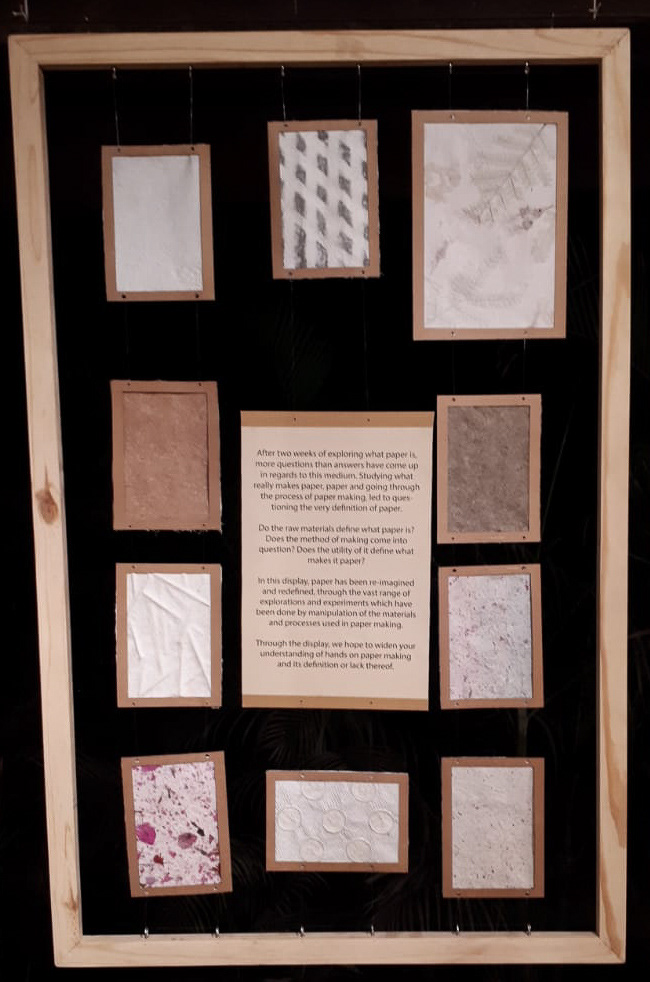
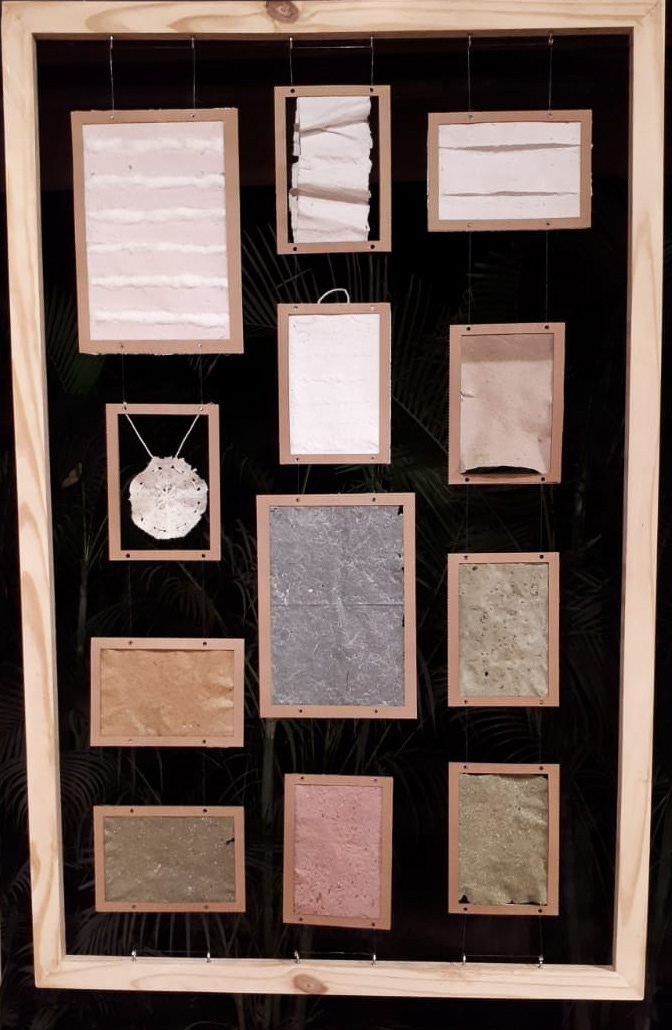
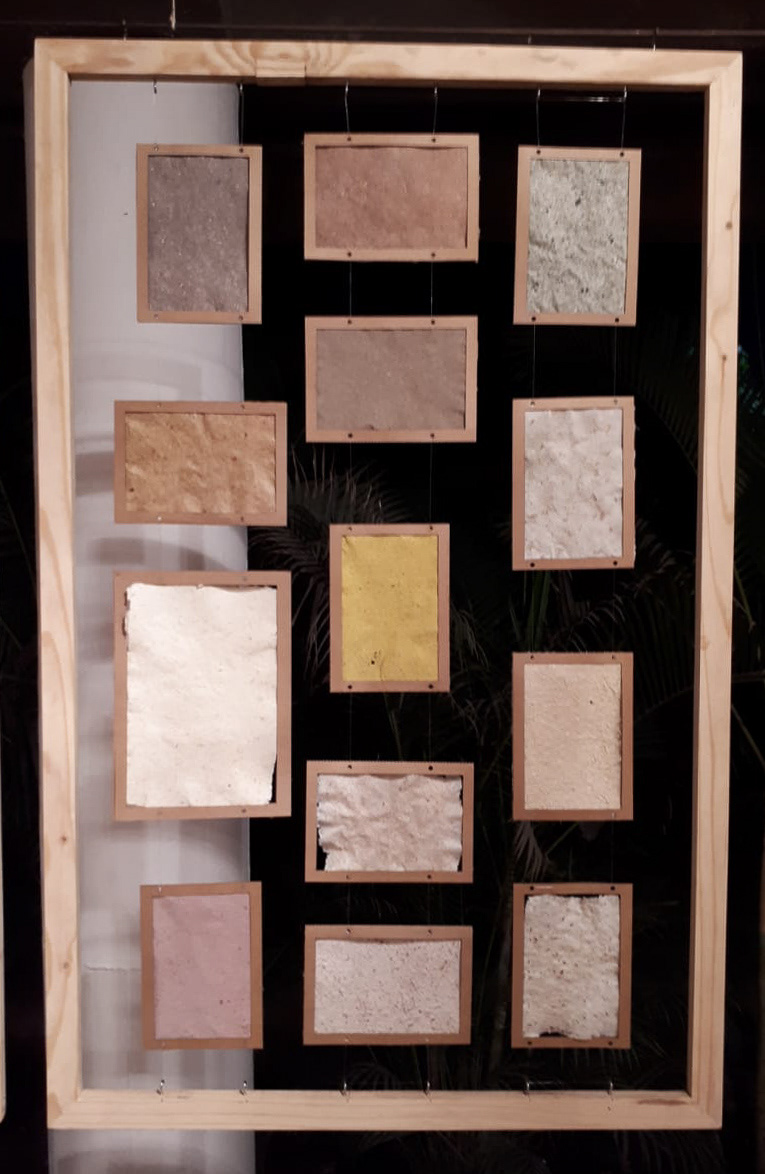
We closely studied the process of making paper at Kalamkush, near Gandhi Ashram, Ahmedabad, and the required infrastructure. From there, we mapped out the the process of making banana paper, and the infrastructure required shown in various layers, followed by a sample of banana paper made during another paper making course and banana fibre paper in the market. This was our initial mapping of the system.
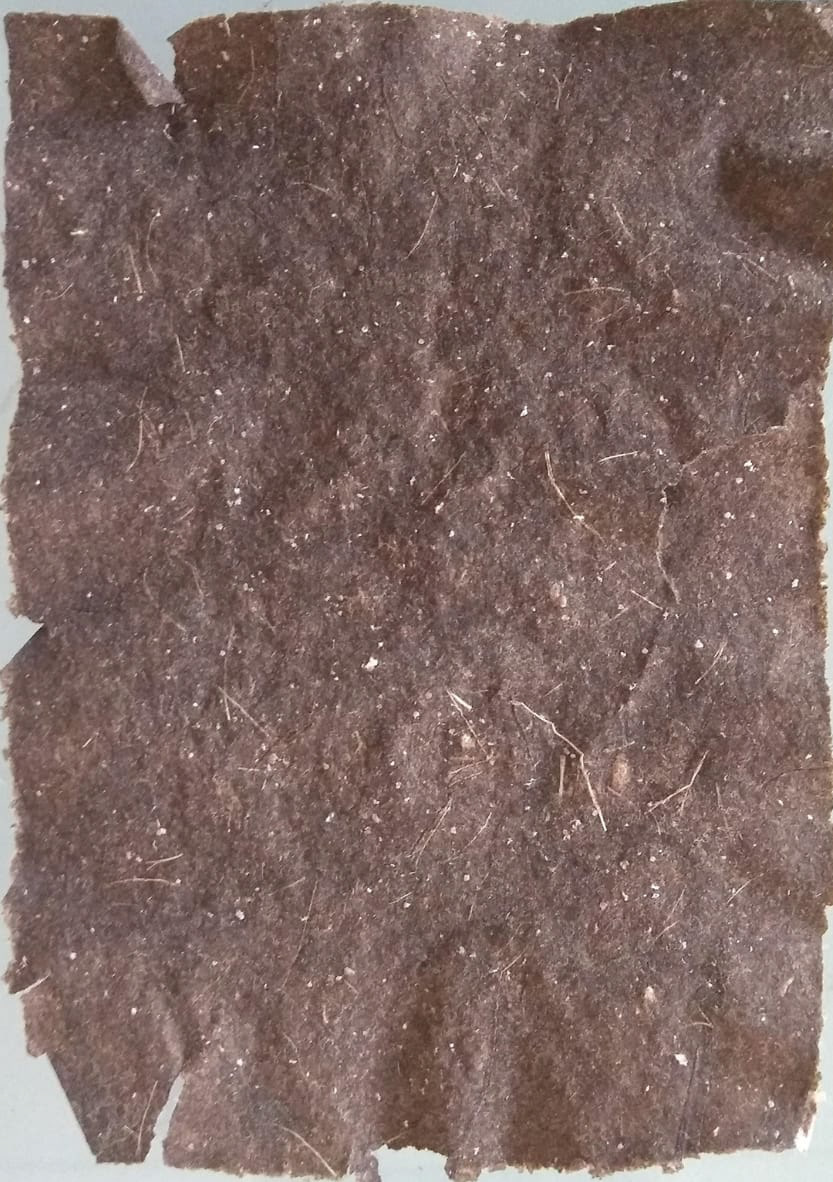
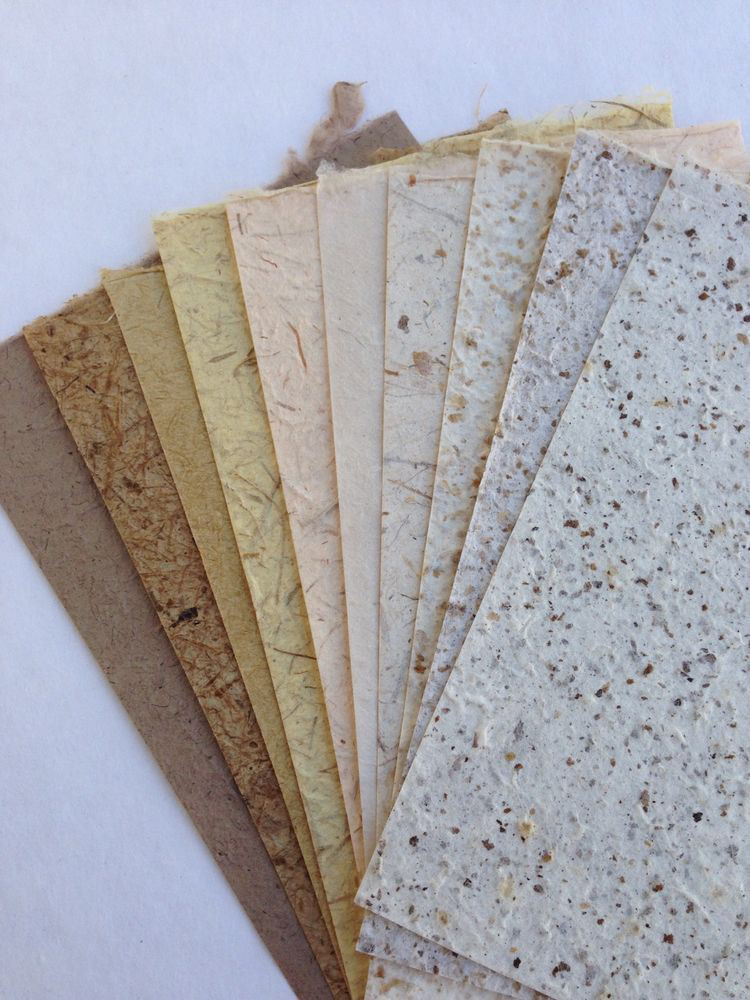
After mapping out the process, we looked at an existing system, taking a village on the west coast of Godavari as our working ground. There used to be an abundance of banana plantations, that were grown only for local consumption. However, prawn cultivation (which is very harmful to the environment and local ecosystem) was introduced for large scale markets, and people stopped growing bananas altogether.
We created a system, where prawn cultivation reduces, and a new system of making banana paper from the cut down banana tress after harvesting is introduced. This not only creates more revenue, but is also a closed system, where waste becomes the raw materials for another system.

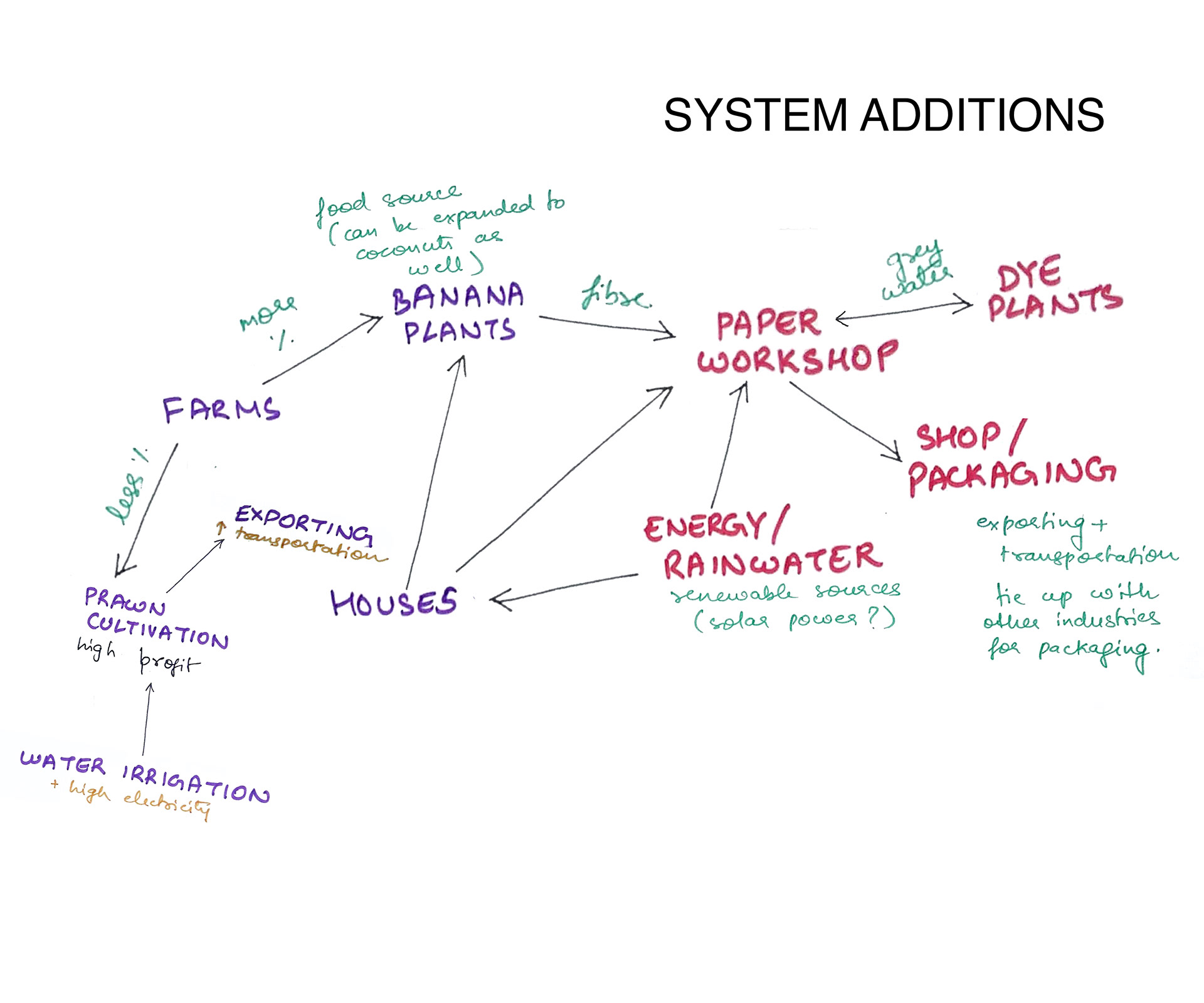
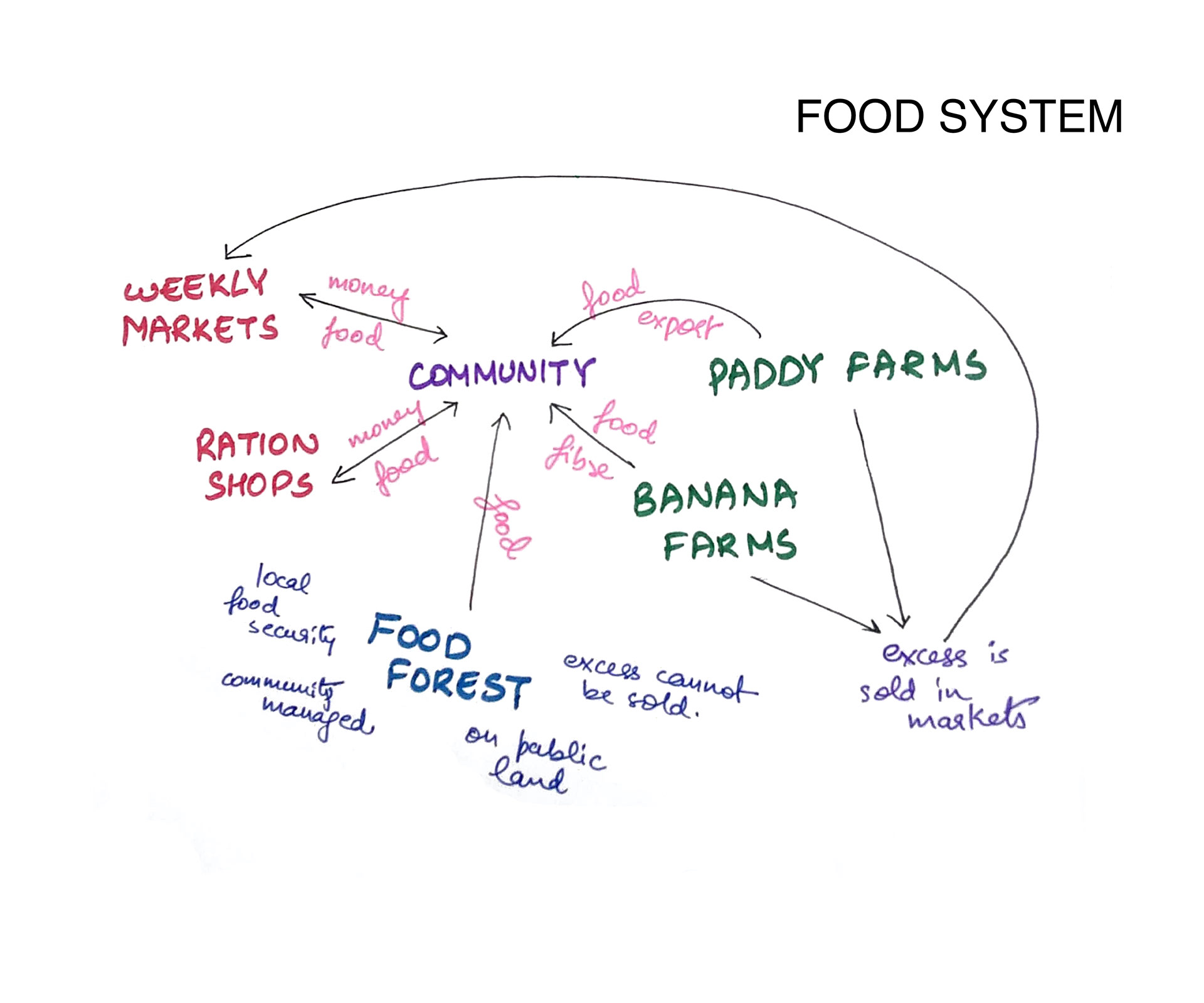
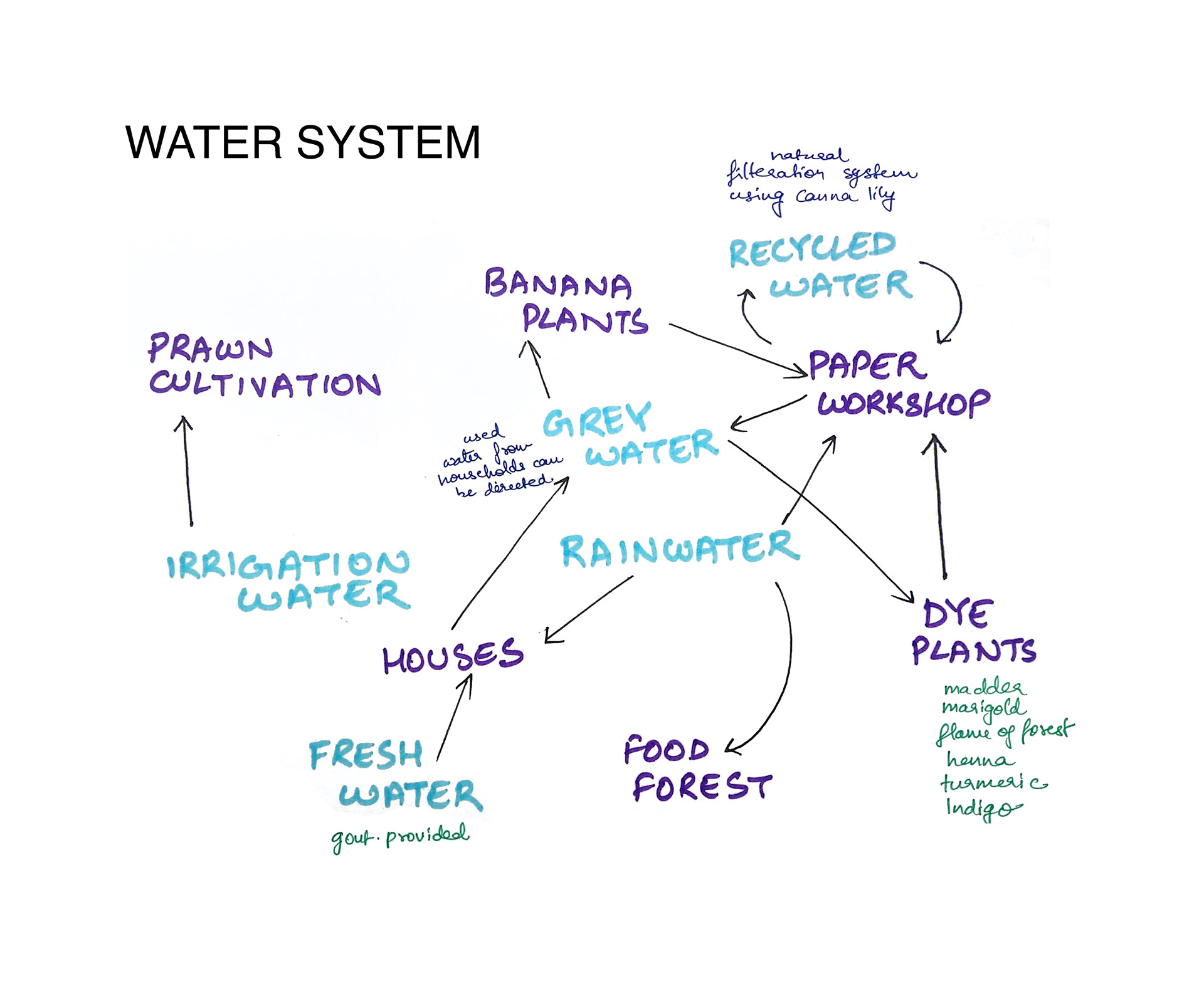
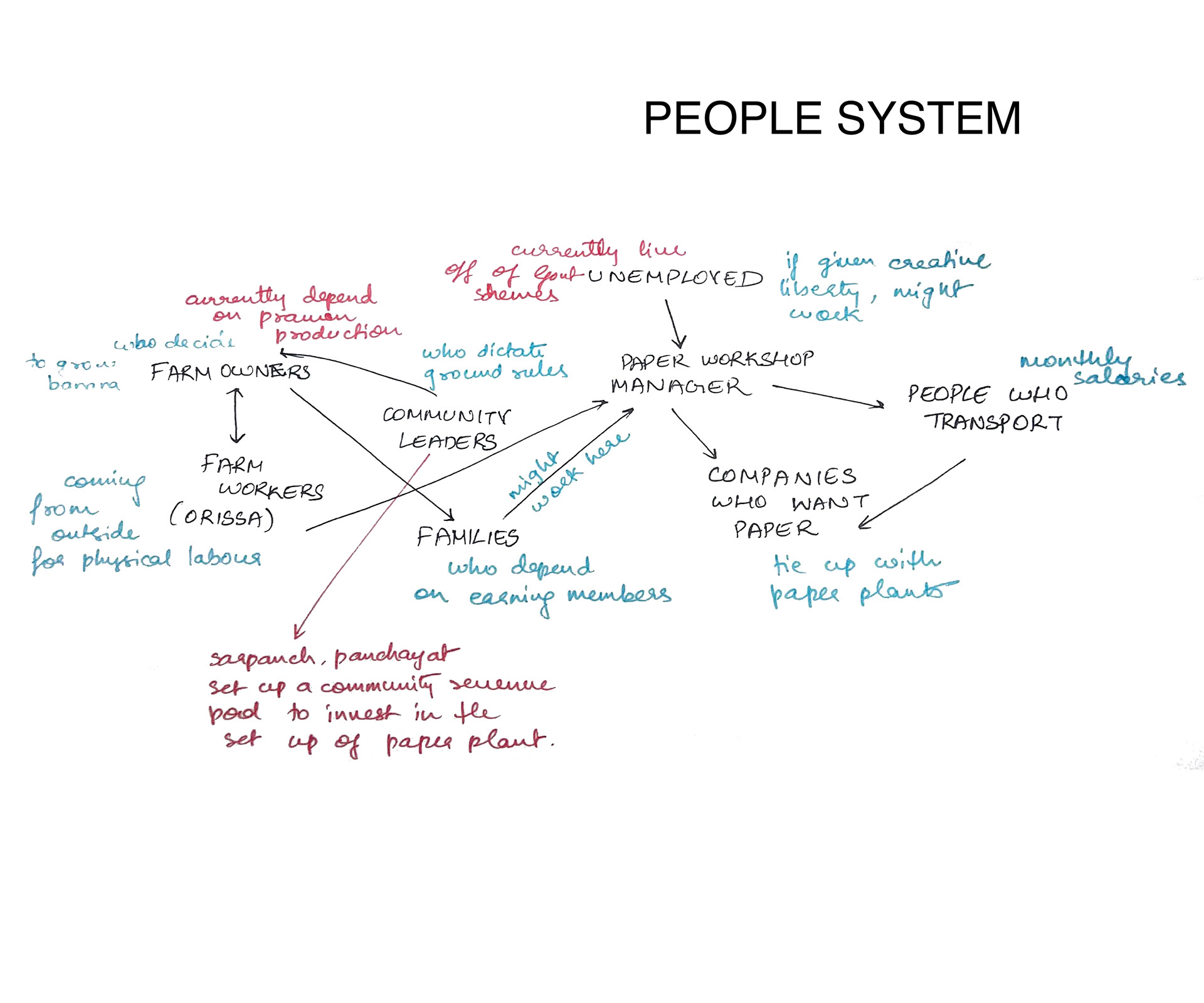
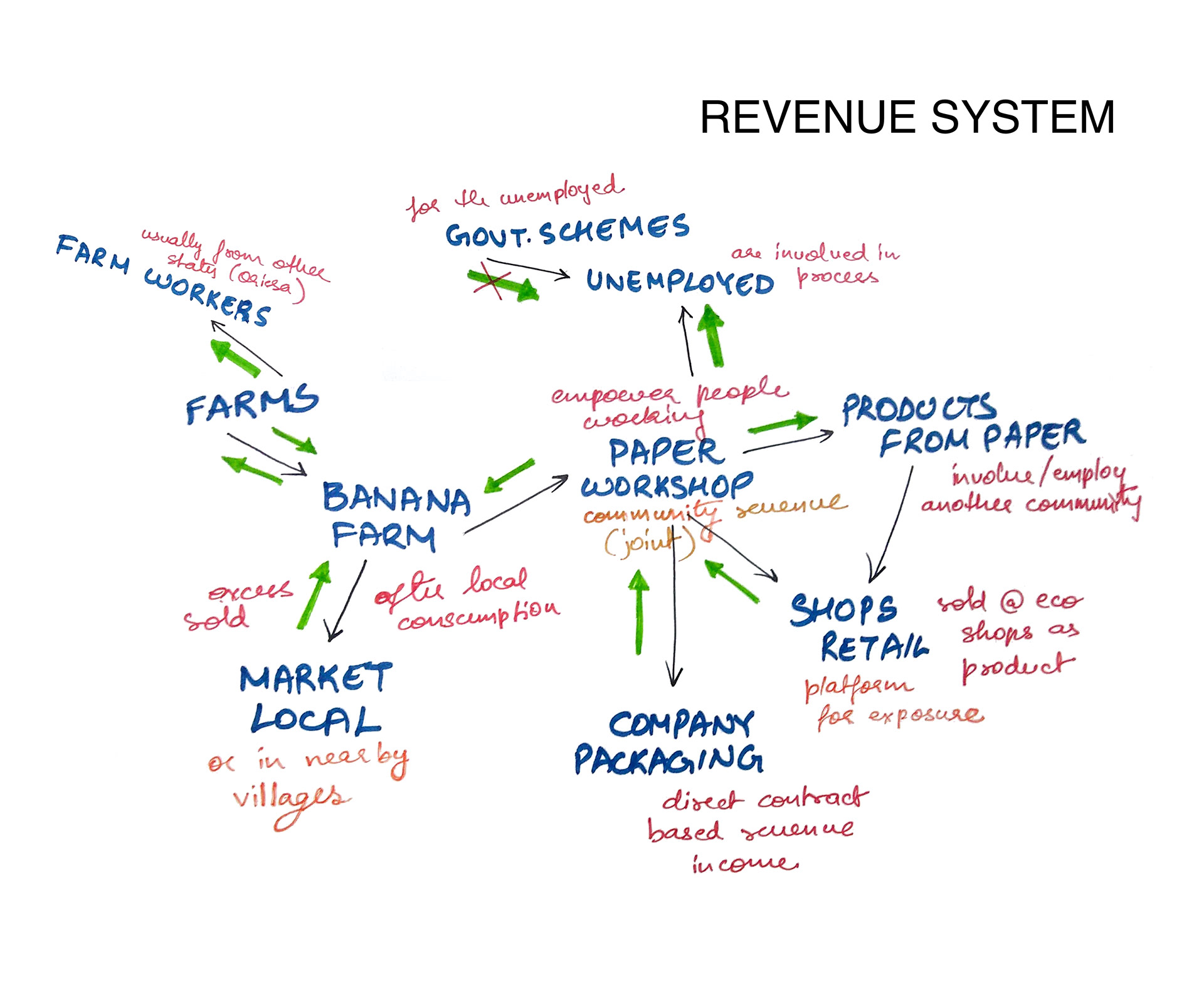
The final system explained through graphics, followed by how the paper making workshop would look like, both the floor plan, as well as the roof plan.

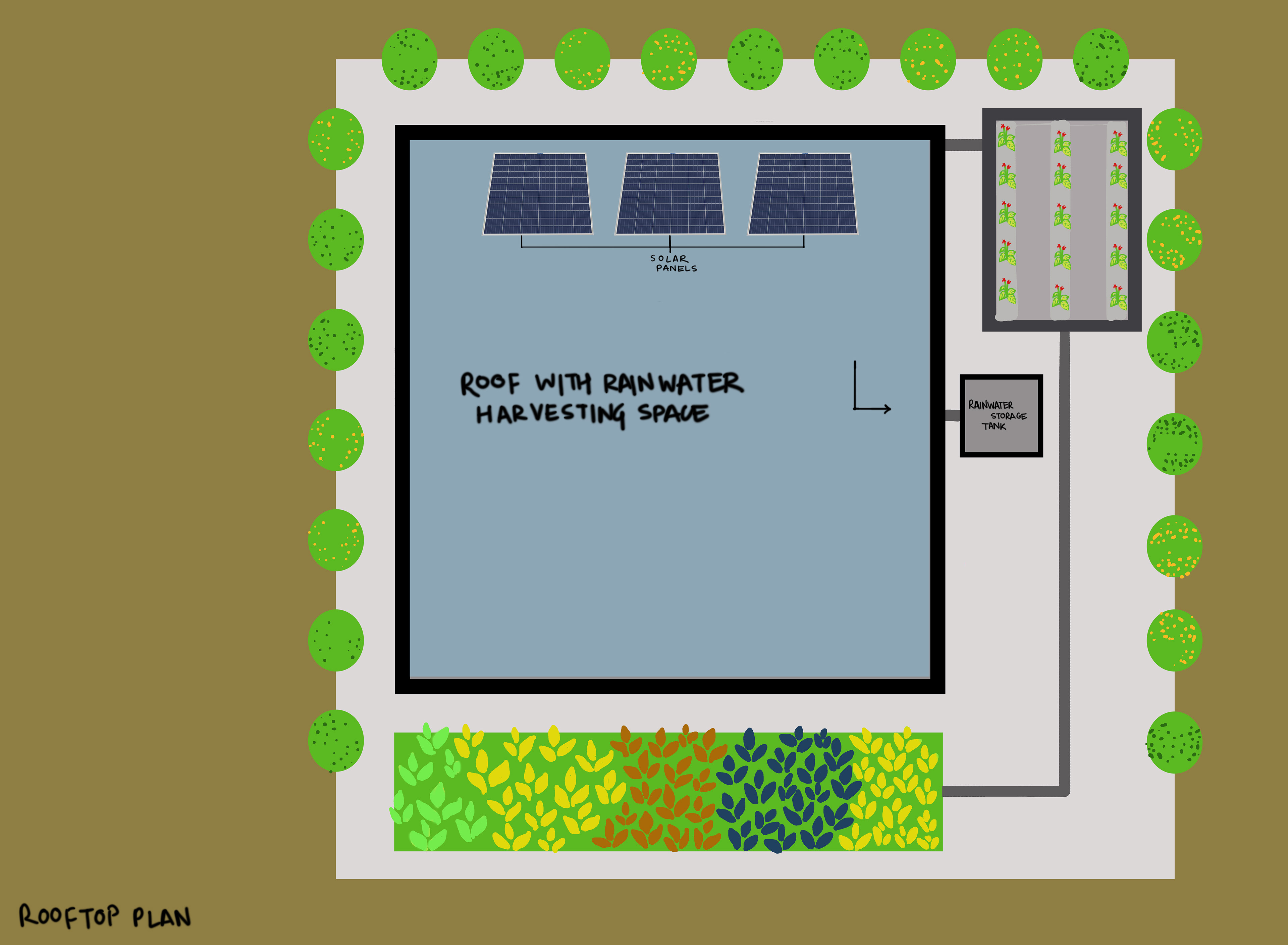
Collaboration with Komal Solanki









